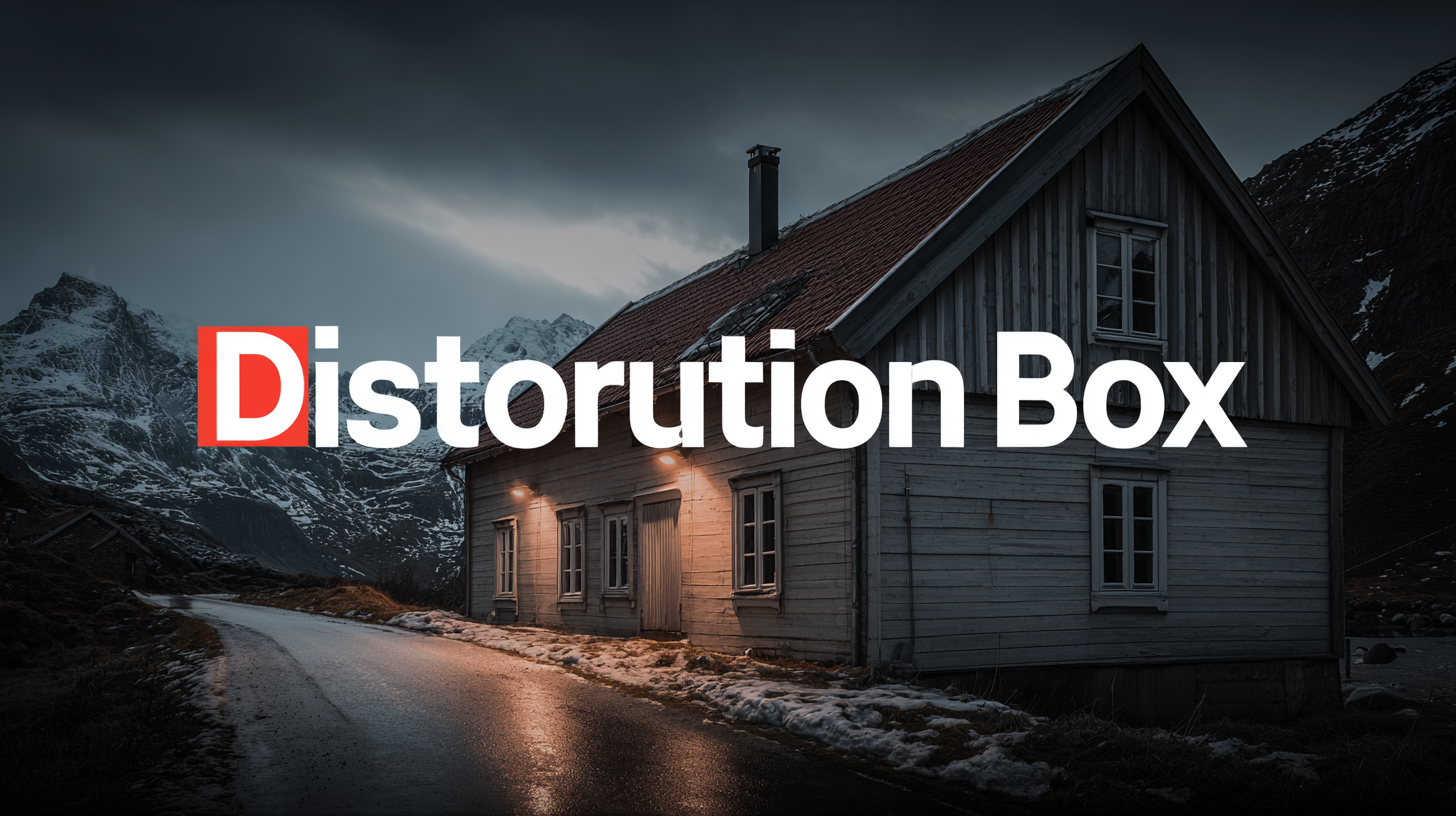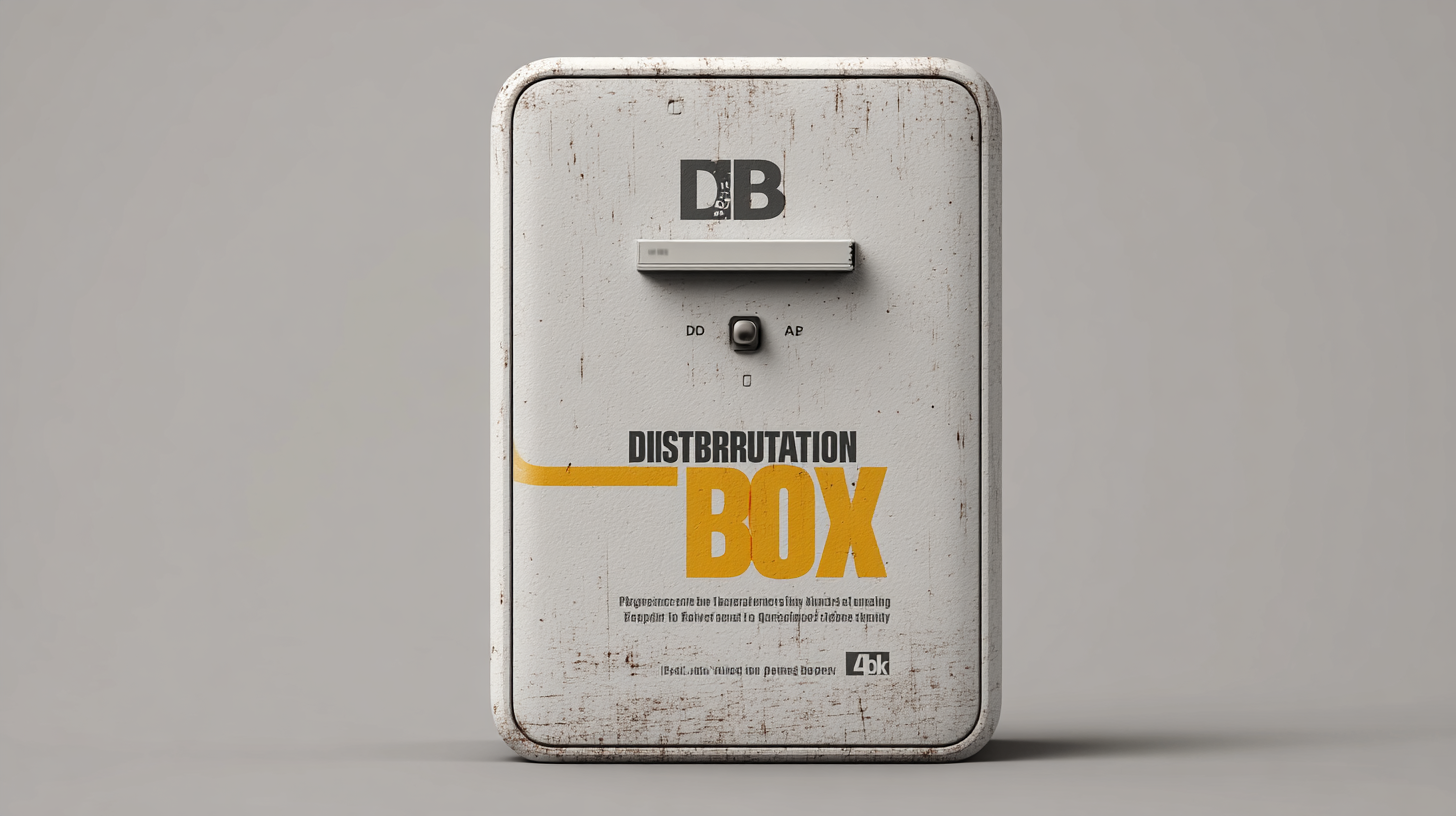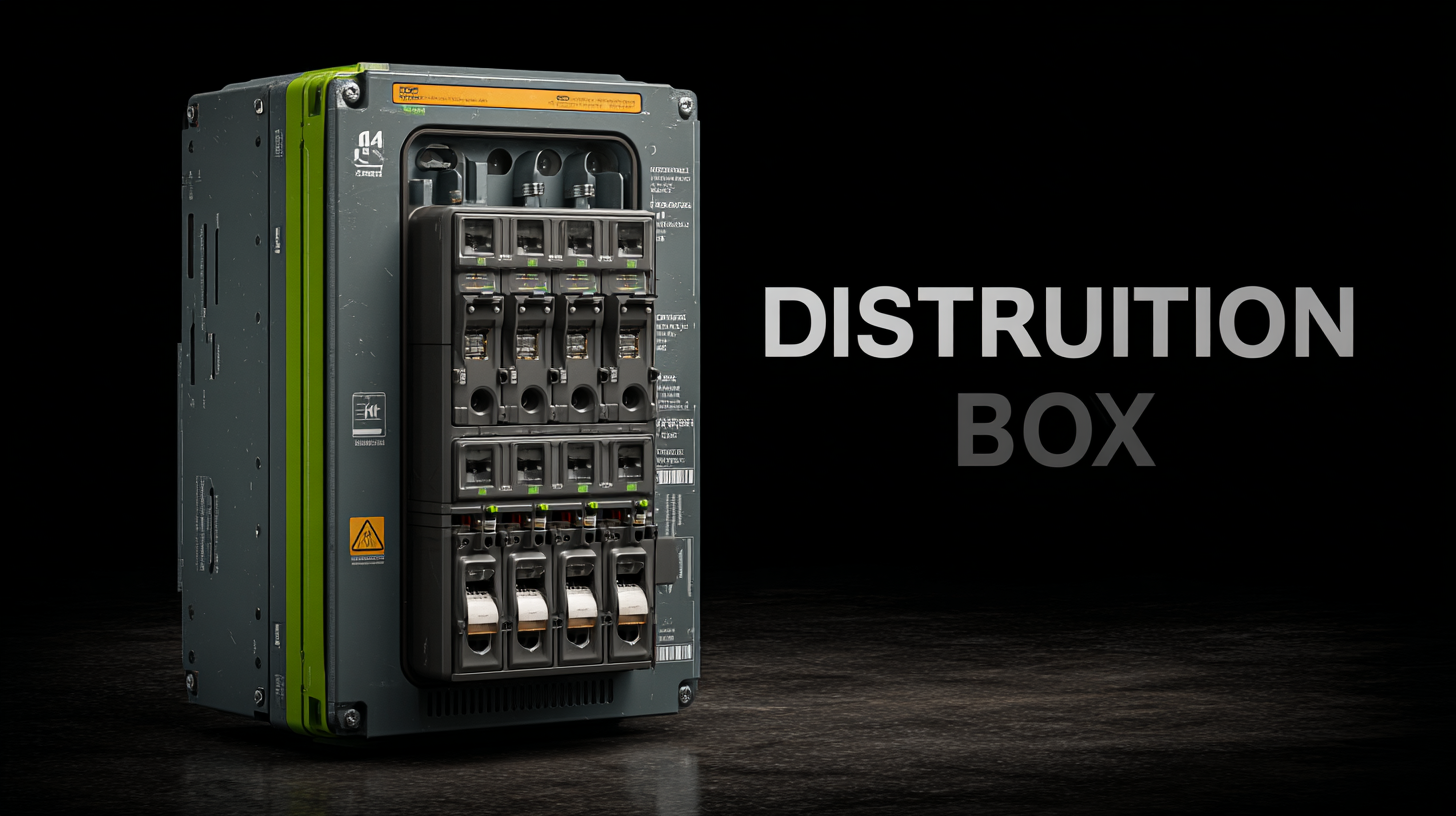
Exploring the Best Distribution Box in Renewable Energy Projects and How to Optimize Its Use
As the renewable energy sector continues to expand, efficient management of electrical distribution becomes increasingly crucial. The Distribution Box plays a pivotal role in the seamless integration of various energy sources, from solar photovoltaic systems to wind turbines. According to the International Renewable Energy Agency (IRENA), global renewable energy capacity reached 2,799 gigawatts in 2020, emphasizing the need for robust infrastructure to support this growth. A well-designed Distribution Box not only enhances the reliability and safety of energy distribution but also optimizes operational efficiency, potentially reducing downtime by up to 30%. In this blog, we will explore the best practices for selecting and utilizing Distribution Boxes in renewable energy projects, drawing on industry insights and strategies to maximize their effectiveness in harnessing clean energy solutions.

Benefits of Efficient Distribution Boxes in Renewable Energy Projects
Efficient distribution boxes play a critical role in renewable energy projects, acting as hubs for the distribution of electricity generated from sustainable sources like solar and wind. Their optimization can significantly enhance system sustainability and operational efficiency. In a landscape where the demand for clean energy is rapidly outpacing supply, utilizing advanced distribution boxes can help mitigate energy losses and improve reliability. For example, a recent outlook indicates that building new renewable energy projects, including solar, is vital to combat climate change, with the potential to generate sufficient energy to power nearly 20 million homes in the U.S. alone.

Moreover, the integration of technologies such as generative AI in designing distribution systems can revolutionize their efficiency and adaptability. With concerns over global warming and the depletion of fossil fuels driving the renewable energy industry forward, optimizing distribution boxes not only supports energy generation but also aligns with state and federal goals for a cleaner energy grid. As corporate demand for renewable energy soars, efficient distribution systems will be integral in meeting both current and future energy needs, providing a robust framework to support a more sustainable energy landscape.
Key Features That Enhance the Performance of Distribution Boxes
When it comes to renewable energy projects, the choice of a distribution box plays a critical role in optimizing system performance and reliability. Key features that enhance the effectiveness of these distribution boxes include robust overload protection, efficient thermal management, and modular design. According to a report from Bloomberg New Energy Finance, modern distribution solutions can improve energy efficiency by up to 20%. This translates to significant cost savings over the lifespan of renewable installations, making it essential to consider these features during the selection process.
Furthermore, the integration of smart technology into distribution boxes is increasingly becoming a standard practice in the industry. Features such as real-time monitoring systems and remote diagnostics allow for proactive maintenance and quick response to system failures. The International Energy Agency has indicated that such advancements can reduce downtime by 30%, thereby maximizing energy output. For project managers and engineers, understanding and implementing these key functionalities can not only enhance operational efficiency but also ensure long-term sustainability and profitability in renewable energy initiatives.
Exploring the Best Distribution Box in Renewable Energy Projects and How to Optimize Its Use - Key Features That Enhance the Performance of Distribution Boxes
| Feature | Description | Benefits | Optimization Tips |
|---|---|---|---|
| Weather Resistance | Ability to withstand environmental conditions | Increased longevity and reliability | Choose materials suited for local climate |
| Safety Features | Includes circuit breakers and fuses | Enhanced protection against overloads | Regularly inspect and maintain safety devices |
| Modularity | Easily expandable or customizable | Adaptable to changing project needs | Plan for potential future expansions during installation |
| Monitoring Capabilities | Incorporates sensors and data logging | Allows real-time performance tracking | Invest in advanced monitoring systems |
| Ease of Access | Designed for quick maintenance and troubleshooting | Reduces equipment downtime | Position boxes in accessible locations |
Industry Statistics: Maximizing Energy Efficiency with Advanced Distribution Systems
In the realm of renewable energy projects, optimizing energy efficiency is paramount. According to a recent report by the International Renewable Energy Agency (IRENA), advanced distribution systems can enhance energy management, potentially reducing losses by up to 30%. This statistic underscores the critical need for effective distribution boxes, which serve as the nerve center for energy flow. By incorporating smart technologies like real-time monitoring and automated load balancing, these systems can ensure that energy distribution is both efficient and reliable.
Moreover, the Smart Electric Power Alliance highlights that the integration of advanced distribution systems not only facilitates improved energy efficiency but also leads to significant cost savings. Their research indicates that facilities employing renewable energy sources alongside optimized distribution networks can experience up to a 15% reduction in operational costs. This synergy not only aligns with sustainability goals but also provides a compelling economic incentive for adopting innovative distribution solutions in renewable energy projects. As the sector continues to evolve, leveraging such technologies will be crucial for maximizing the impacts of renewable energy investments.
Distribution Box Optimization in Renewable Energy Projects
Optimizing Distribution Box Layouts for Solar and Wind Energy Applications
In the realm of renewable energy, particularly in solar and wind applications, optimizing distribution box layouts is crucial for enhancing system efficiency and reliability. Research indicates that a well-designed distribution box can reduce energy losses by up to 5%, translating to significant savings over the lifespan of renewable energy projects. As the global capacity for renewable energy continues to grow, expected to reach 4,800 GW by 2030 according to the International Renewable Energy Agency (IRENA), the importance of effective distribution systems becomes even more pronounced.
Tip: When designing your distribution box layout, prioritize minimizing cable lengths to reduce potential voltage drops and improve overall performance. This is especially critical in solar installations, where every fraction of a volt can affect power generation efficiency.
Furthermore, integrating advanced technologies such as smart monitoring systems within distribution boxes can lead to better performance management. The latest industry reports underscore that facilities implementing smart distribution systems have seen up to a 15% decrease in operational costs. Effective usage of space within these distribution boxes helps ensure proper airflow and heat dissipation, which is vital for maintaining optimal functionality in varying environmental conditions.
Tip: Regularly inspect and maintain distribution boxes to prevent dust accumulation and overheating, which can significantly impact the operational longevity and reliability of your renewable energy systems.
Case Studies: Successful Deployment of Distribution Boxes in Renewable Initiatives
As renewable energy projects evolve, the implementation of distribution boxes has gained significant attention, especially in the context of distributed wind energy initiatives. Recent trends reveal a remarkable shift toward harnessing local resources and optimizing energy output from small-scale wind systems. Case studies illustrate how strategically deployed distribution boxes enhance the performance and reliability of these systems, ultimately contributing to more sustainable energy solutions. For instance, projects that integrate distribution boxes effectively manage electricity flow, reduce losses, and ensure a consistent energy supply, thus maximizing the value of local wind resources.

Moreover, combining wind energy with solar technologies in hybrid renewable systems presents exciting opportunities. Distribution boxes play a crucial role in these setups by facilitating the seamless integration of different energy sources. By addressing common challenges such as inefficiencies and grid stability, distribution boxes not only improve operational effectiveness but also support broader policy goals aimed at promoting renewable energy usage. Successful case studies demonstrate these advantages, showcasing how innovative deployment strategies lead to better energy management and community engagement in renewable initiatives.
